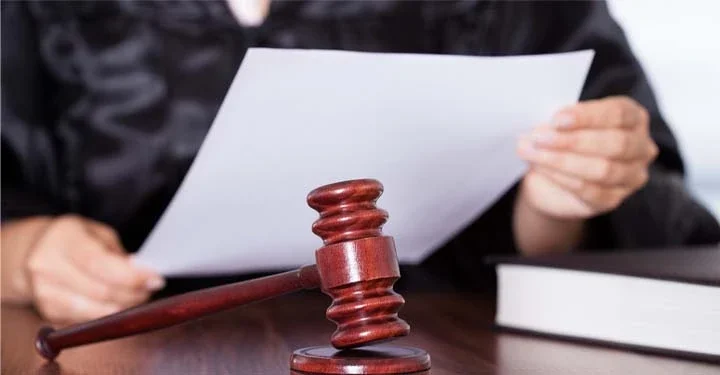An emergency custody hearing is held between the child's parents to discuss significant child custody issues that might otherwise pose a risk to the child. In these cases, judges will hold it almost immediately to determine what outcome should be taken with regard to the best interests of the child.
Custody hearings can be a little stressful because they happen so quickly. The process begins with a request and results in a court order that both parents must follow.
Request for hearing
A parent initiates the process by requesting an emergency hearing. This is the only way the judge will know that they need to decide an important custody issue. Although anything related to your child may feel like an emergency, only a limited number of situations will qualify as such.
Each state has its own rules, but typically the issue must involve an imminent risk to the child's safety, such as child abuse (which should also involve law enforcement). In other words, it must be a true emergency. Non-emergency custody issues are handled through the normal hearing process, which can take up to several weeks to schedule.
Evidence at hearing
If the court approves the emergency request, it will quickly set and hold a hearing on the issue. While there, the judge will obtain evidence relating to the issue at hand from both parties. Evidence can be either testimonial (e.g., witness) or documentary (e.g., photographs, police report, etc.). In these types of emergency situations, the judge can usually hold it without the presence of the other party.
The judge will not allow evidence regarding any other issues. For example, evidence regarding related divorce issues or non-emergency child custody issues will not be considered.
Judge's order
Thereafter, the judge will render a temporary order, which is the final decision. They can choose to either issue the order at that point in time or within a few days thereafter. It would not be uncommon, however, for the judge to render a decision while there. The order is intended to be temporary but remains in effect until the expiration date or until a final order on the issue is given. A follow-up hearing will also be set in order to affirm that the initial decision is being followed by both parties and determine if the initial temporary decision should be modified. A more permanent decision will then be reached at that meeting.
The judge's order has the force of law and remains valid until it is replaced or overruled. One parent is likely to be unhappy with it, but both must follow it. Failure to comply with the order could result in criminal charges or being held in contempt of court and associated financial penalties.
This overview is intended to give you an idea of what to expect during the emergency child custody hearing process, but the exact process varies by state. If you want to learn more, you can visit your state's website to find out what steps are required to request an emergency hearing.


